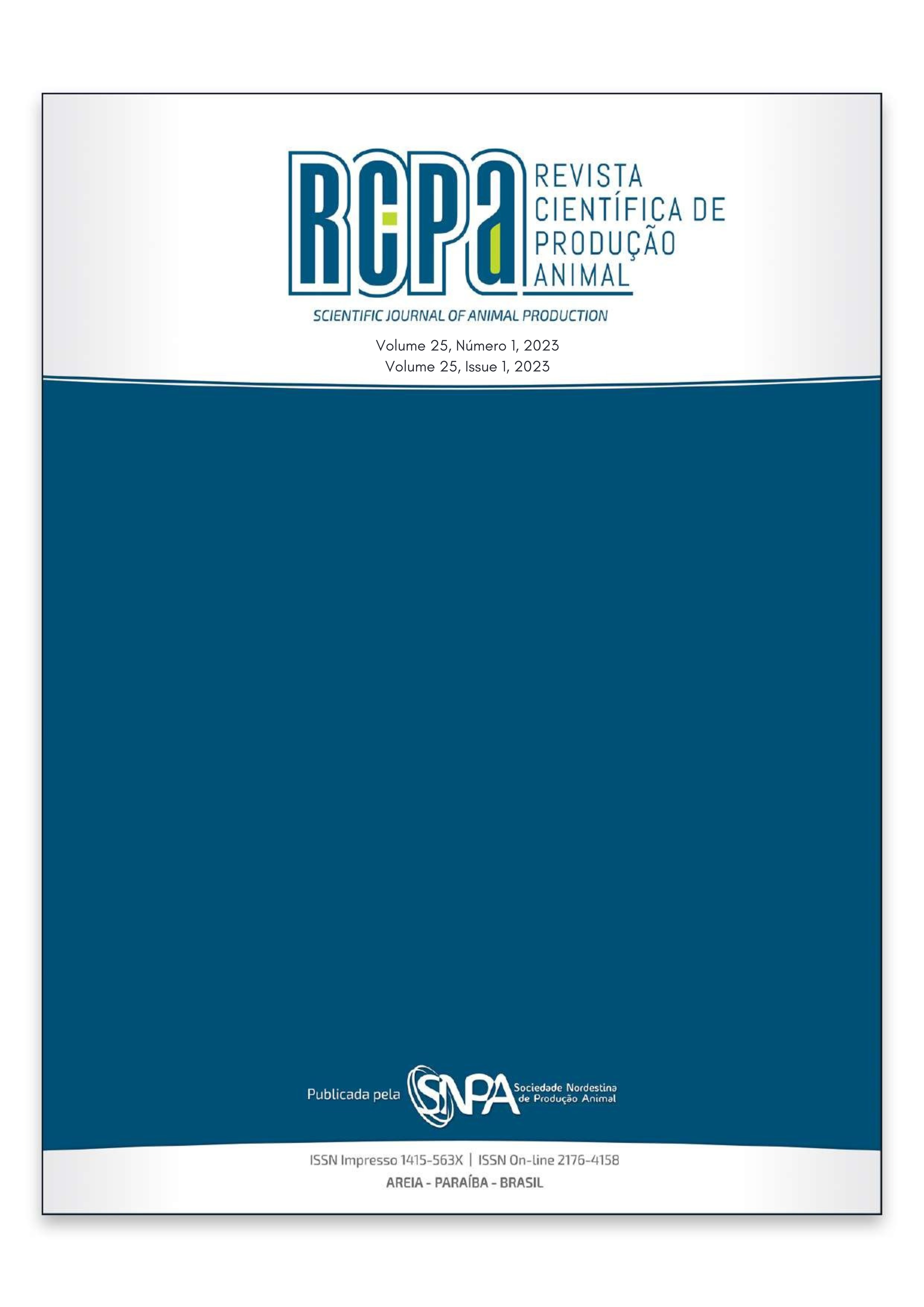New Technologies and challenges for silage production in semi-arid
Resumo
The feed conservation (ensiling process) is a technology almost obligatory for producers of ruminants in semi-arid regions. In those regions, especially in the hot ones, due to the high average annual temperature, there is the possibility of a more intense aerobic microorganism activity. The silo management and the utilization of silages in those regions are a cause of concern to producers. Even though feed conservation through silage production is a consolidated strategy, new technologies can be introduced in the process and reduce issues regarding losses related to the silage production and production system costs. This paper aims to discuss new technologies and challenges regarding silage production in semi-arid regions, as well as address perspectives related to the silage utilization in production systems on semi-arid regions. One of the major aspects regarding silage production in semi-arid regions is related to the choice of feeds to be produced or acquired for conservation. Moreover, the use of harvesters, silos, additives, and plastic film in an efficient way are primordial for good feed conservation. The feed-out management and the use of silages are another major important aspect in the ensiling process, whether the feed is for personal consumption or for commercialization. On the other hand, the true challenge is introducing the new technologies in systems characterized by their heterogeneity regarding production level, management, infrastructure, the availability of financial resources, knowledge, and the access to information. Regarding the perspectives of technological progress, it is possible to highlight a more accurate monitoring of both ensiling process and ambient aspects. The latter, even more emphasized when sustainable systems of animal production are discussed, especially ruminant animals.
Downloads
Downloads
Publicado
Como Citar
Edição
Seção
Licença
Autores que publicam nesta revista concordam com os seguintes termos:- Autores mantém os direitos autorais e concedem à revista o direito de primeira publicação, com o trabalho simultaneamente licenciado sob a Licença Creative Commons Attribution que permite o compartilhamento do trabalho com reconhecimento da autoria e publicação inicial nesta revista.
- Autores têm autorização para assumir contratos adicionais separadamente, para distribuição não-exclusiva da versão do trabalho publicada nesta revista (ex.: publicar em repositório institucional ou como capítulo de livro), com reconhecimento de autoria e publicação inicial nesta revista.
- Autores têm permissão e são estimulados a publicar e distribuir seu trabalho online (ex.: em repositórios institucionais ou na sua página pessoal) a qualquer ponto antes ou durante o processo editorial, já que isso pode gerar alterações produtivas, bem como aumentar o impacto e a citação do trabalho publicado (Veja O Efeito do Acesso Livre).





